Social media and your IR35 status
IR35 status is a major concern for most contractors, as depending on where your fall, i.e. ‘inside or outside’, determines what taxes you’ll pay.
Status determination is based on satisfying several conditions, specifically; Direction and Control, Right of Substitution and Mutuality of Obligation, and other factors including equipment, risk, payment, integration, exclusivity and business.
How these conditions affect the determination of your IR35 status are discussed in our ‘Ultimate Guide to IR35.’
With more and more professionals using social media, particularly LinkedIn, to secure contracts, some people are starting to question if information that’s out in the public domain can sway an IR35 status enquiry?
Why use LinkedIn

According to Digital Information World, LinkedIn is the 8th most popular social media platform. As of August 2019, LinkedIn has over 575 million + users, with 25 million + of these being registered in the UK.
While, LinkedIn may be the 8th on the list of popular social media platforms, it’s the world’s biggest B2B social platform.
LinkedIn describes itself as a networking site, where professionals can create connections with others both inside and outside of their industry, including peers. And, businesses can use it to connect with their customers and to seek out specialist talent for hire.
A big part of creating a LinkedIn profile is listing the places you’ve worked. But, could publicly displaying your work experiences go against you if you’re selected for an HMRC IR35 inspection?
LinkedIn and IR35 status
To date, we can’t think of any instances where a contractor’s LinkedIn profile has been used to prove their employment status.
While, questioning a contractors’ IR35 status based on what they’ve written on their profile is unlikely to stand up as evidence in court. If it gives the impression of employment it could raise questions from an HMRC inspector.
When creating or updating your LinkedIn profile keep the following in mind:
Headline:
Keeping your headline simple, such as Cybersecurity contractor, leaves little room for interpretation, while improving your chances of being found by people who are looking for cybersecurity contractors.
Current position & Experience:
Avoid using terms such as ‘X working at X’ or ‘employed at X’, e.g. Cybersecurity Analyst working at HSBC, as these could be open to interpretation.
Instead, think about using something along the lines of, ‘Director of Alan Jones LTD, contracting at HSBC’. This categorically shows that you’re an independent contractor, contracted to a company and not an employee.
Recommendations
A LinkedIn recommendation is similar to a reference or testimonial. It’s given by someone for the purpose of highlighting your personal attributes or the value you brought.
Recommendations are amongst the most viewed parts of a LinkedIn profile. Which doesn’t come as a surprise, as while we can talk about how great we are, it means more if it’s coming from someone else.
If you’re asking people for recommendations, think about providing them with a template to use, structuring it so it’s clear you worked with them in the capacity of a contractor. If someone, unexpectedly leaves a recommendation for you and you feel it gives the impression you were employed, explain your concerns and politely ask if they can edit it.
If you’re new to contracting and are looking for expert advice on IR35, download our free guide here, or if you have questions about your IR35 status and prefer to speak to one of our Directors, give us a call on 01962 867550.
Note: All the information and advice in this blog post was correct at the time of writing.







